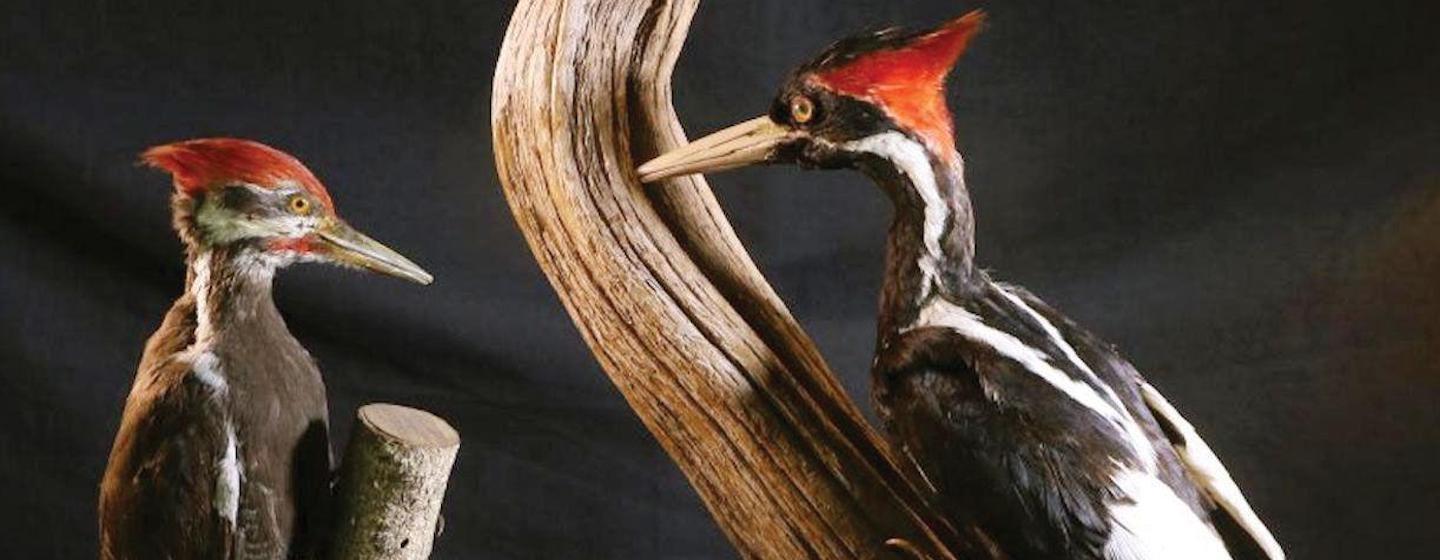An Iconic North Carolina Woodpecker is Lost Forever


The ivory-billed woodpecker was third largest woodpecker in the world. It once flew in old-growth forests in North Carolina and 12 other states, including Georgia, Texas and Tennessee.
However, the combination of climate change, habitat loss, and collection threatened the bird’s survivability. It was last seen in 1944 and, despite extensive searches and futile efforts to save it, the US fish and Wildlife Service has declared the bird extinct.
The ivory-billed woodpecker was nicknamed the “Lord God Bird” because it was so pretty and those lucky souls who saw it would reportedly proclaim the Lord’s name when they saw it.
“This is not easy,” U.S. Fish and Wildlife Biologist Amy Trahan told The Washington Post. She wrote the extinction report which stated the ivory-billed woodpecker was gone.
“Nobody wants to be part of that,” Trahan added
Sadly, the ivory-billed woodpecker is one of 23 animals and a plant that were removed from the endangered species list because they are no longer found in the wild and are considered extinct. They join the list of 650 U.S. species that have likely been lost to extinction but have not been officially declared extinct.
There’s another North Carolina bird on the new list.
The bachman’s warbler was a small yellow and black songbird that once bred in swampy thickets in North Carolina and four other states. It overwintered in Cuba. That’s where it was seen for the last time in 1988. It also was lost to habitat destruction and collection.
The announcement underscores what scientists say is an accelerating rate of extinction worldwide, given climate change and habitat loss. Overall, researchers say more than a million plants and animals worldwide are in danger of disappearing over the next few decades because of climate change and habitat destruction
“The Endangered Species Act has prevented the extinction of 99% of the plants and animals under its care, but sadly these species were extinct or nearly gone when they were listed,” said Tierra Curry, a senior scientist at the Center for Biological Diversity. “The tragedy will be magnified if we don’t keep this from happening again by fully funding species protection and recovery efforts that move quickly. Delay equals death for vulnerable wildlife.”
Other species on the new list include ten types of birds and bats found only on Pacific Islands along with eight types of freshwater mussels.
Ironically the ivory-billed woodpecker was one of the first animals scientists noted as facing extinction. That threat helped move Congress to pass the Endangered Species Act in 1973. The law made it illegal to “harass, harm, pursue, hunt, shoot, would, kill, trap, capture or collect endangered species. It also protected their habitat. The law has become a model for other counties’ wildlife and habitat protection efforts.
Since the law was passed, only 11 other species have been removed because they were lost to extinction.